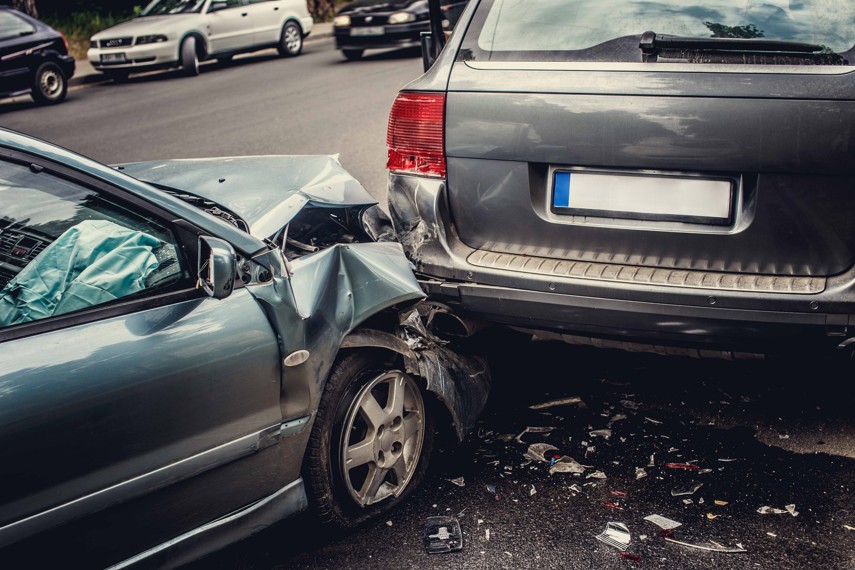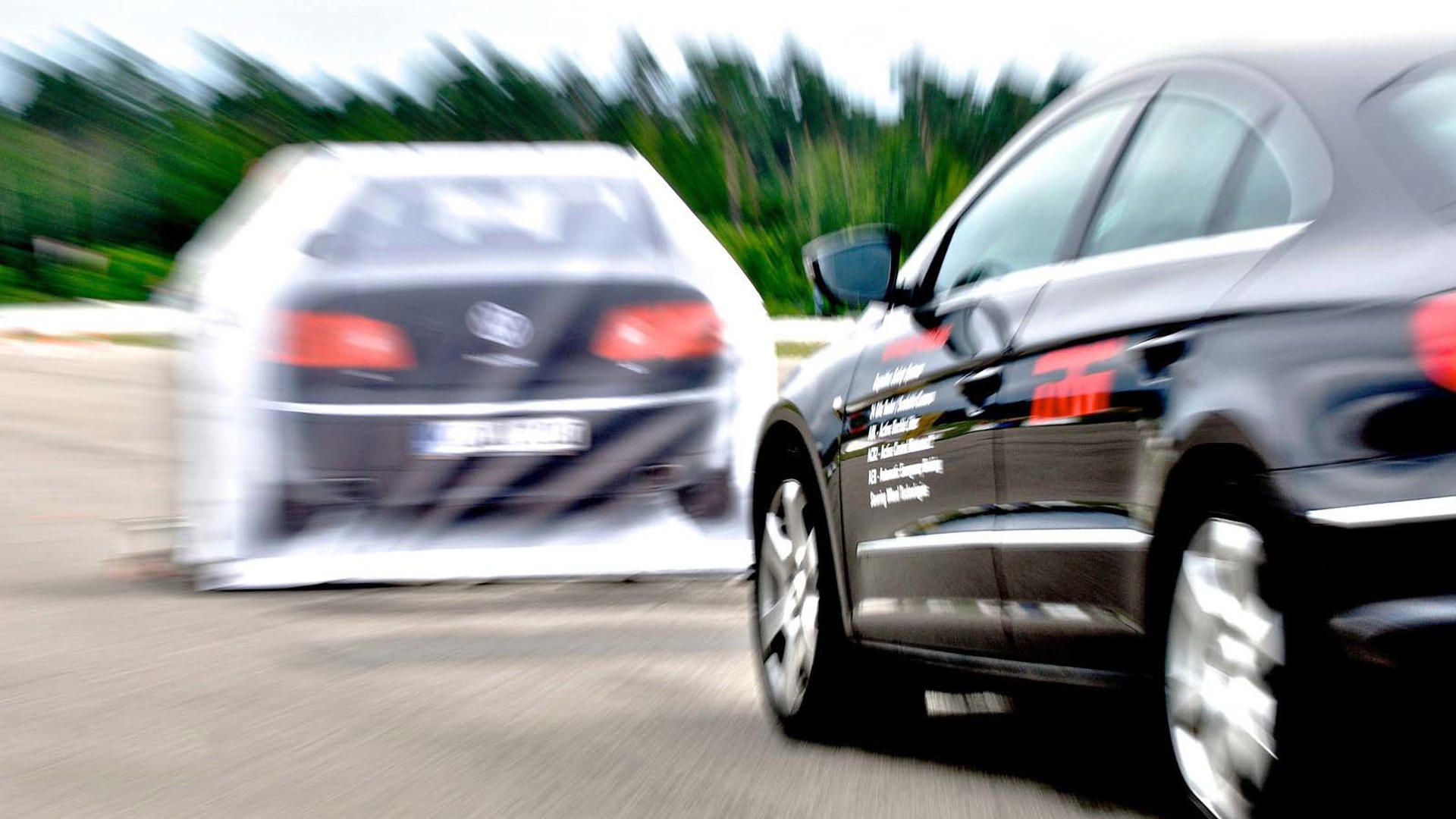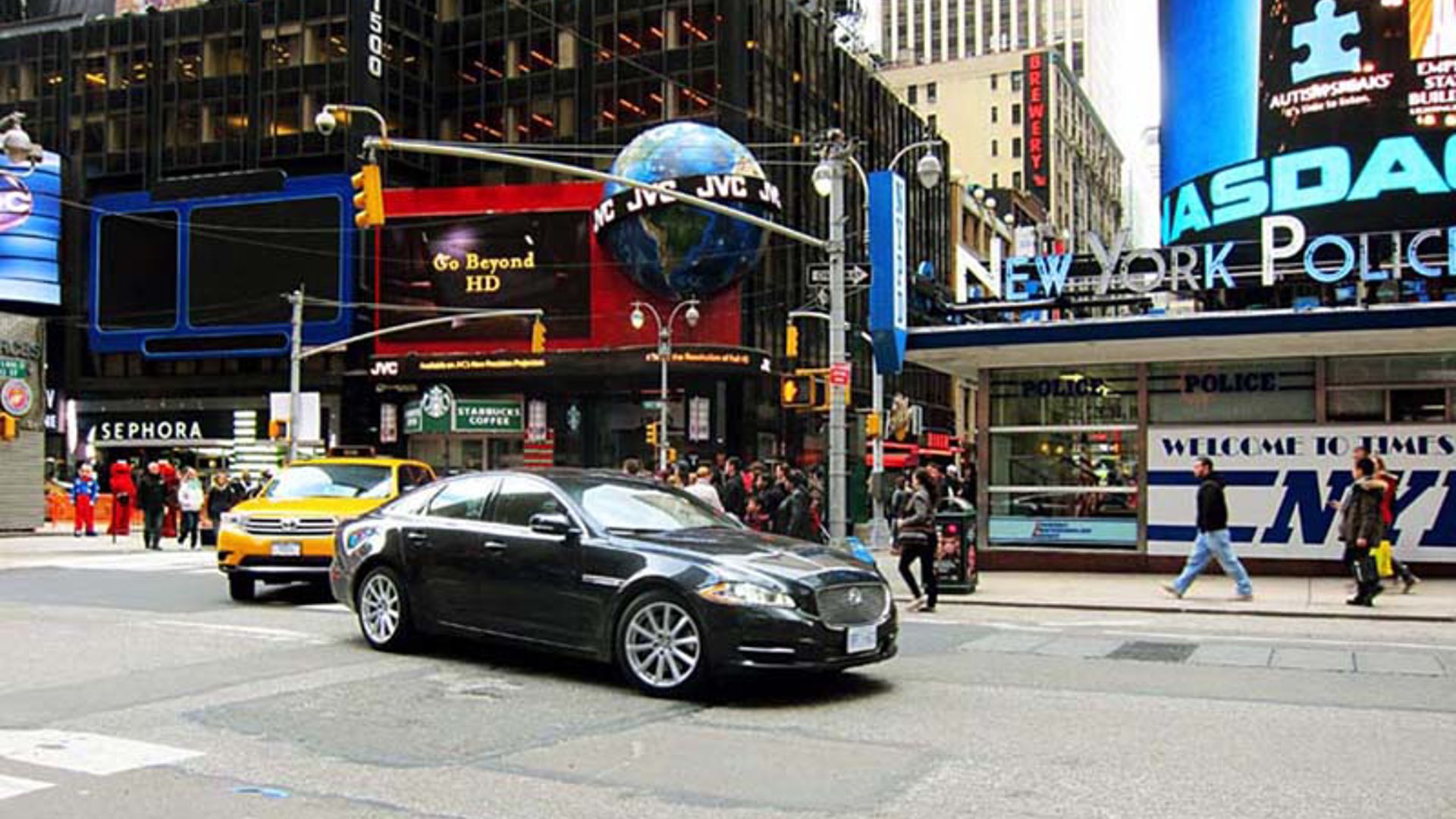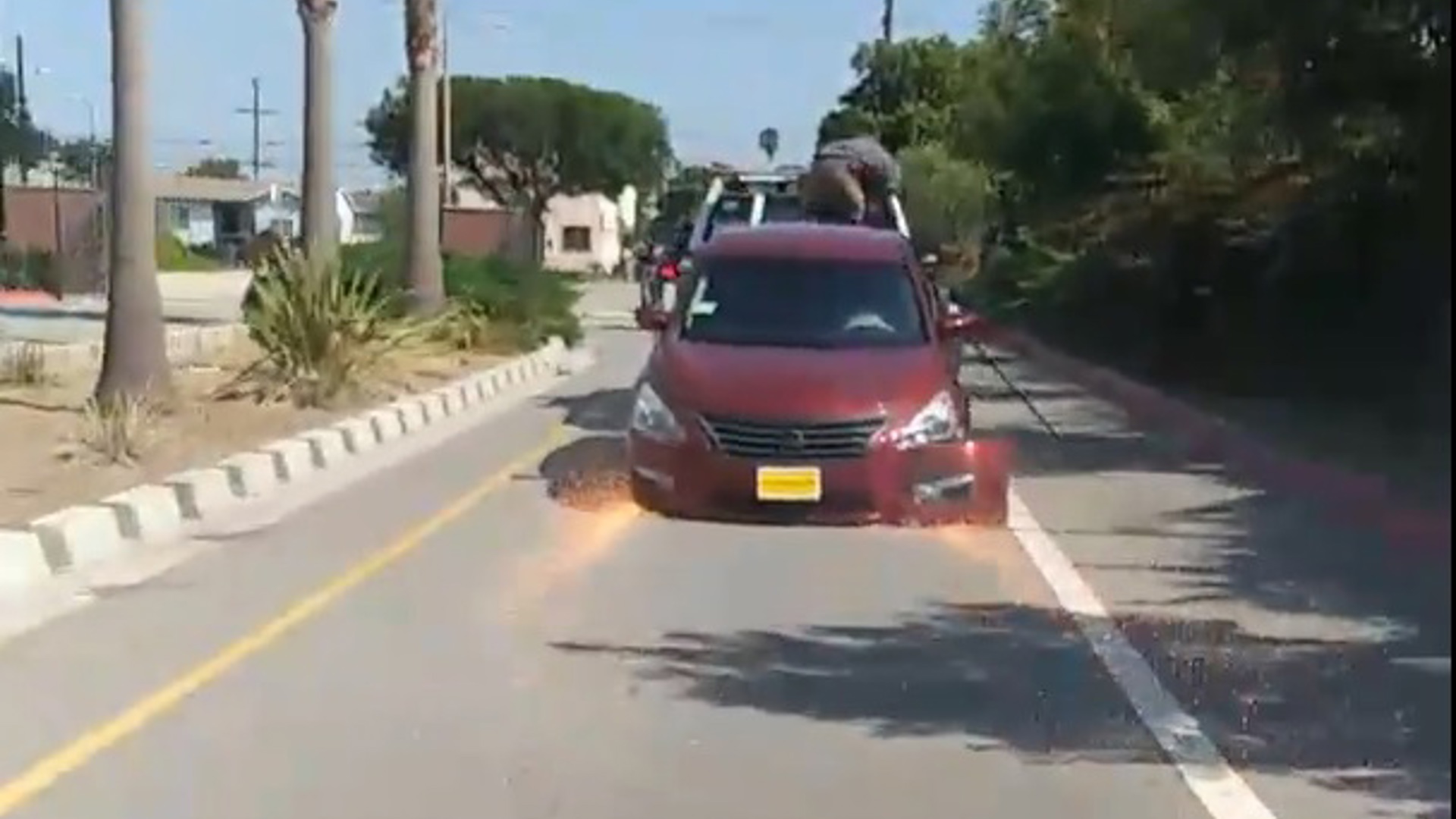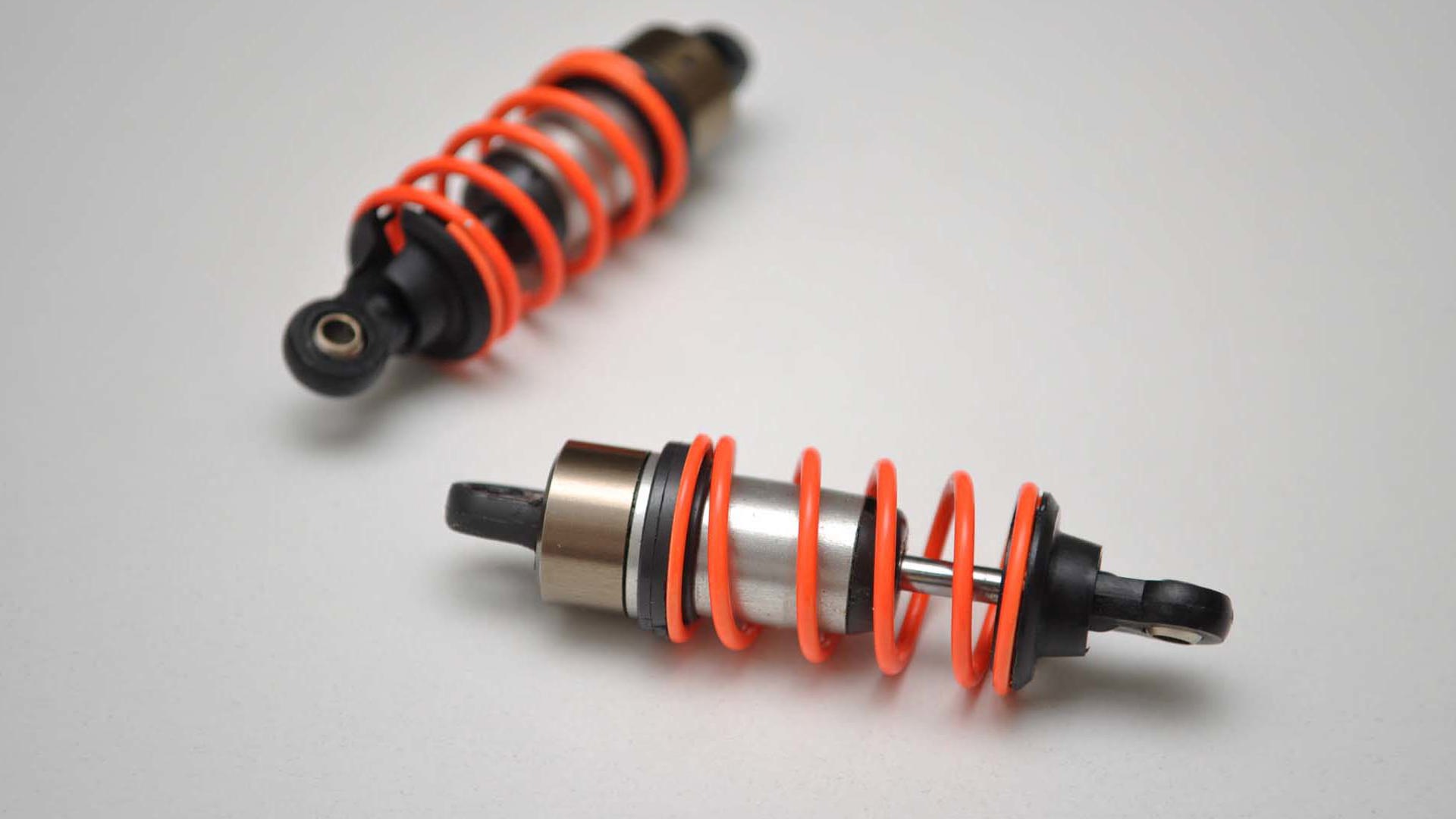Driving can be tough enough when you’re out among honest people, but it’s even tougher when they’re not. Car insurance fraud is a huge issue in Canada, and there can be swindlers cutting in all the way from the crash right through to the clinic.
When something does go wrong, always try to protect yourself. Grab your phone and start snapping photos. Before anything else, snap the other driver’s licence plate – if he takes off, you have it. Photograph all damage, in case the other driver claims his vehicle got more cracked up than it actually did.
You should even make a note of how many occupants were in the other car – with a photo if you can – in case injury claims show up from people who weren’t even there. These scammers aren’t after you personally. They’re aiming straight at your insurance company, and you just happened to be part of their equation. In many cases, it’s actually organized crime that’s involved.
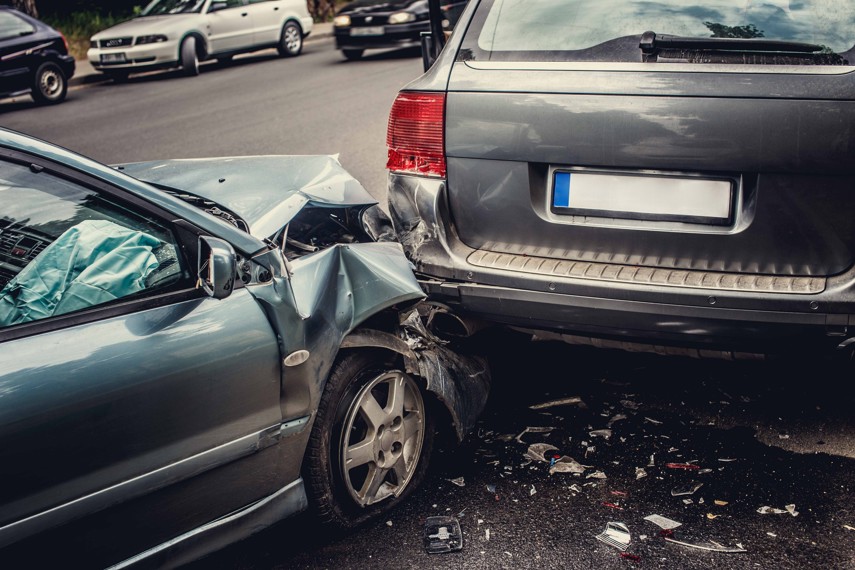
In many jurisdictions, the police don’t attend crashes unless someone’s injured or the vehicles are too damaged to drive, and you may have to go to a collision reporting centre. But if you suspect anything’s not as it should be, call the police, tell them this, and then follow their instructions. As well, call your insurance company – right at the scene, if you can – and tell your agent that you suspect fraud.
What’s the latest on the Scam-o-Meter? They come up with new ones so fast that it’s hard to keep up, but here are some popular tricks. Most crashes are innocent ones, but it’s better to be suspicious than sorry.
The Swoop-and-Squat
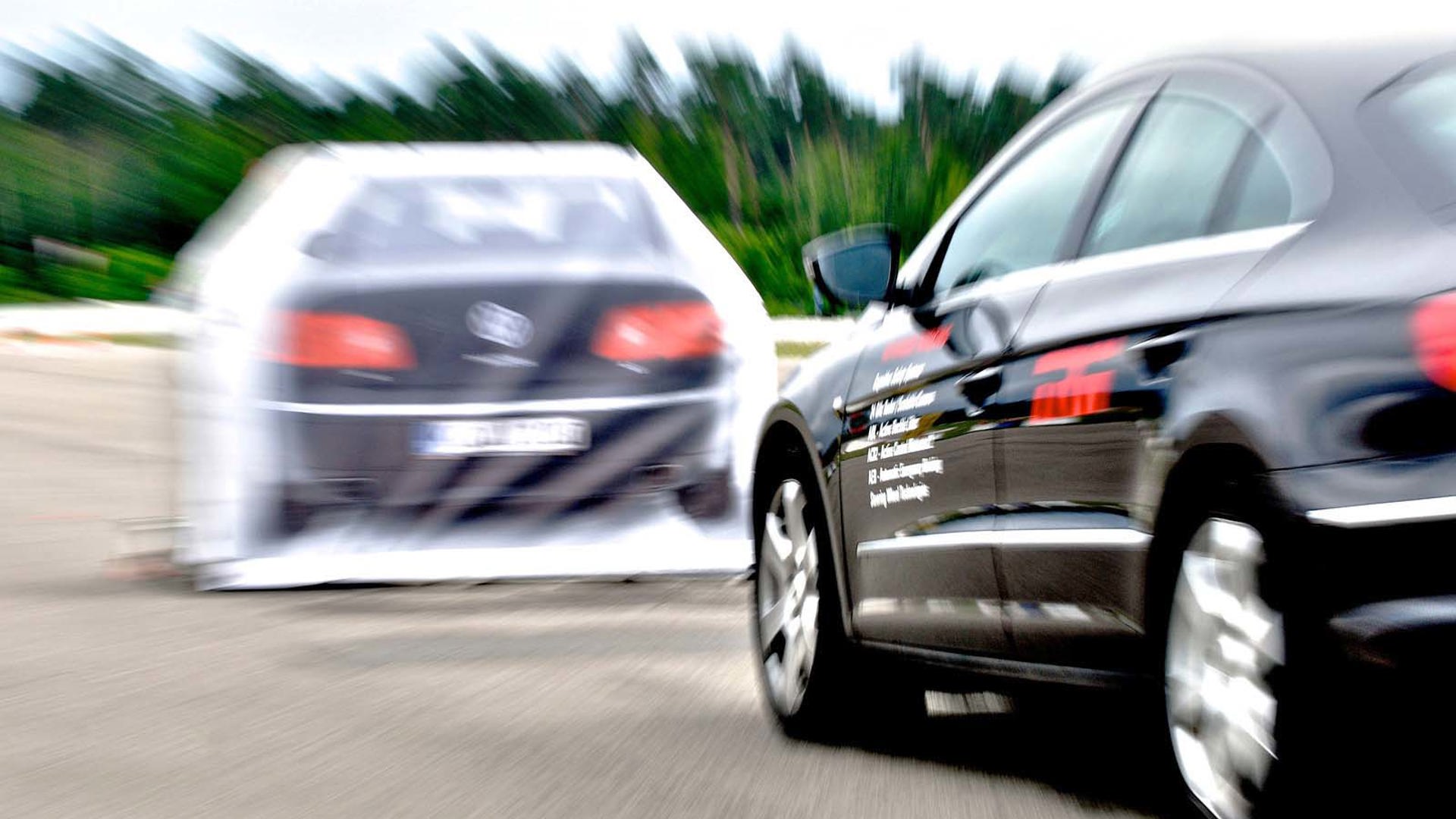
This one’s the “classic”, as they say: a driver cuts you off and then slams on the brakes, and since you rear-ended him, it looks like it’s your fault. As if that isn’t bad enough, some scams involve two vehicles. One drives in front of you, and the second one cuts that one off. If you don’t stop in time, the driver you hit looks like an innocent victim, while that first car is long gone. Never tailgate other vehicles, because it gives these scammers a chance to pounce on you.
The Parking Lot Rammer
These scammers cruise parking lots, waiting for someone to back out of a space. When that happens, the driver speeds up and causes a crash – and it’s the driver backing out who’s considered at fault. Whenever possible, back into your space.
The Left-Hand Bullet
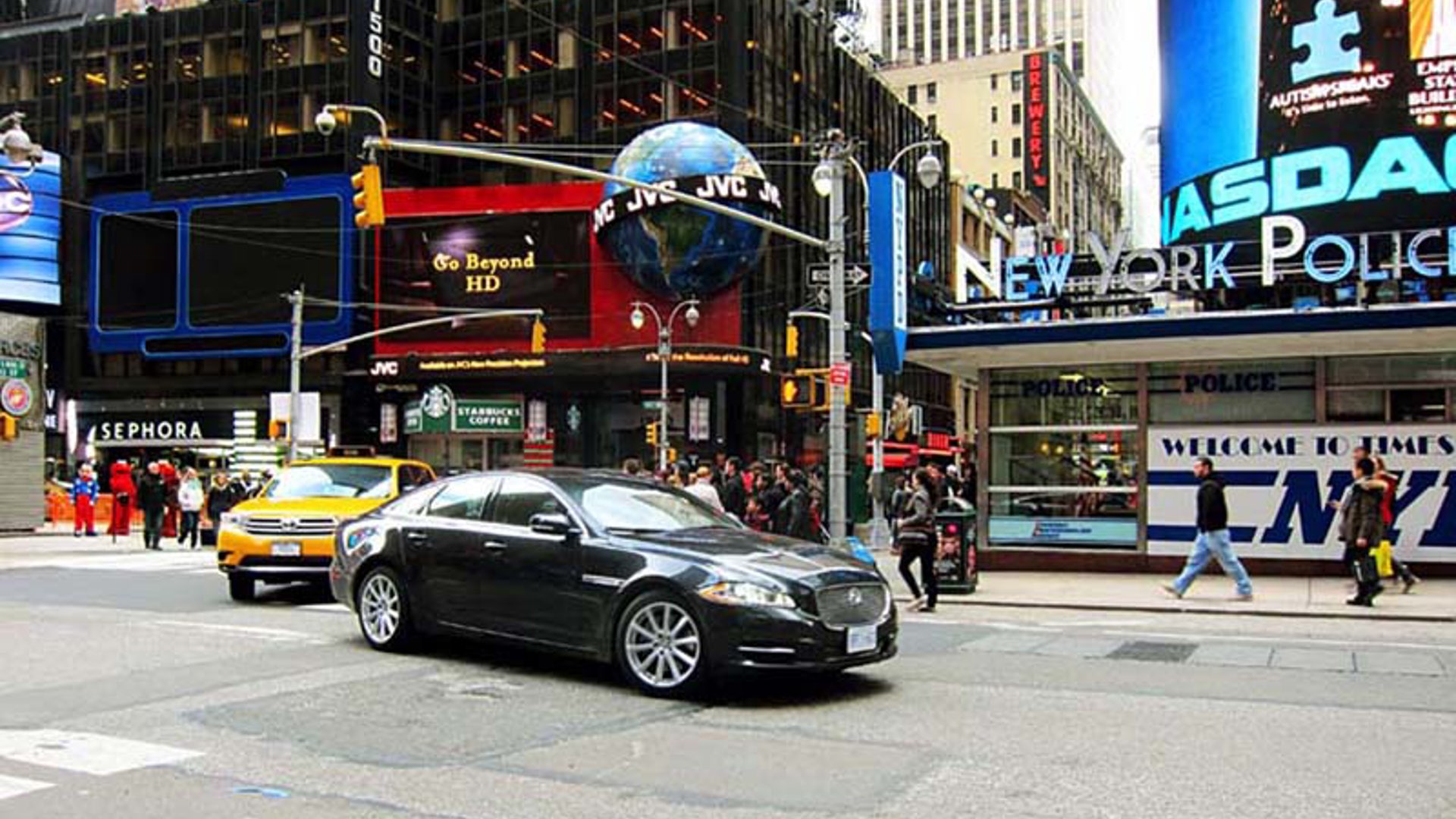
This is a driver who’s intending to go straight through while you’re making a left-hand turn. He stops and waves you to go ahead, but when you accept his gracious offer, he speeds forward and smacks into you – and you’re at fault. Even if you’re sure it’s just someone making a polite gesture, never take the right-of-way when it isn’t yours (and, likewise, don’t stop and let others go ahead when it is). It confuses other drivers and can cause dangerous situations.
The Eyewitnesses Show Up
You get rammed or swooped-and-squatted on an empty street, but all of a sudden, there are two or three eyewitnesses who immediately come forward and are more than willing to testify that you were in the wrong. Of course they are: they’re in on it. Call the police and tell them you think something’s up.
The Fake Injuries
A common scam is for people in minor collisions to claim they are badly hurt. It is possible they’re innocent and they did indeed get injured, but watch for potential “scammer clues” like their insistence on calling an ambulance when they don’t seem to require emergency help. Watch out also for people who seem fine until police or fire responders show up and then “suddenly discover” that they’re hurt.
The Fastest Tow Truck in Town
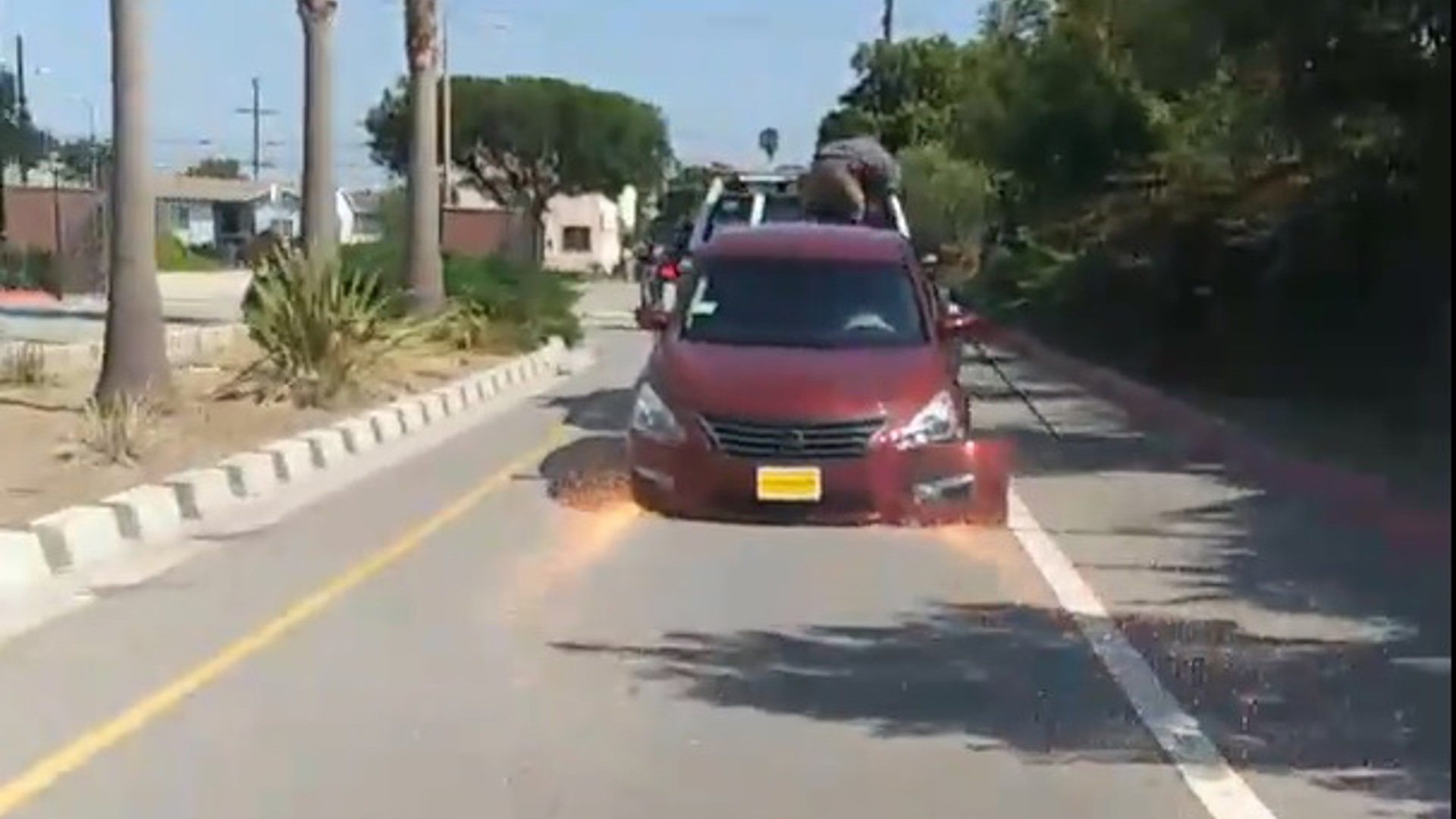
Beware the tow truck driver that shows up almost immediately following a collision – he could be in on a staged crash. Don’t let a driver hook up and take your vehicle to a body shop that “he knows is good.” Even if it isn’t a scam, he could be taking advantage of you to tow your car to a shop he knows will give him a kickback (and which will eventually be at your policy’s expense). Call your auto club, your insurance company, or even the roadside assistance program if your vehicle has one – you might not get a free tow under it, but the company should be able to send someone it trusts.
The Good Doctor
If the other driver recommends a doctor or therapy clinic for any injuries you might have suffered, you’re sniffing at a scam. Believe it or not, in some cases, insurance fraud goes right up to the medical professions.
The Blank Invoice
Never sign any invoice that has blank spaces on it. That goes for the tow truck, the body shop, the therapy clinic, or anyone else involved in the procedure. The scammers can write in anything and insist that your insurance company pay for it. And even if everything seems legit, ask to see the final invoice. Be sure it doesn’t include damage that wasn’t on your vehicle, parts that weren’t put on, or fees for towing or a rental car that you never used.
The Counterfeit Parts
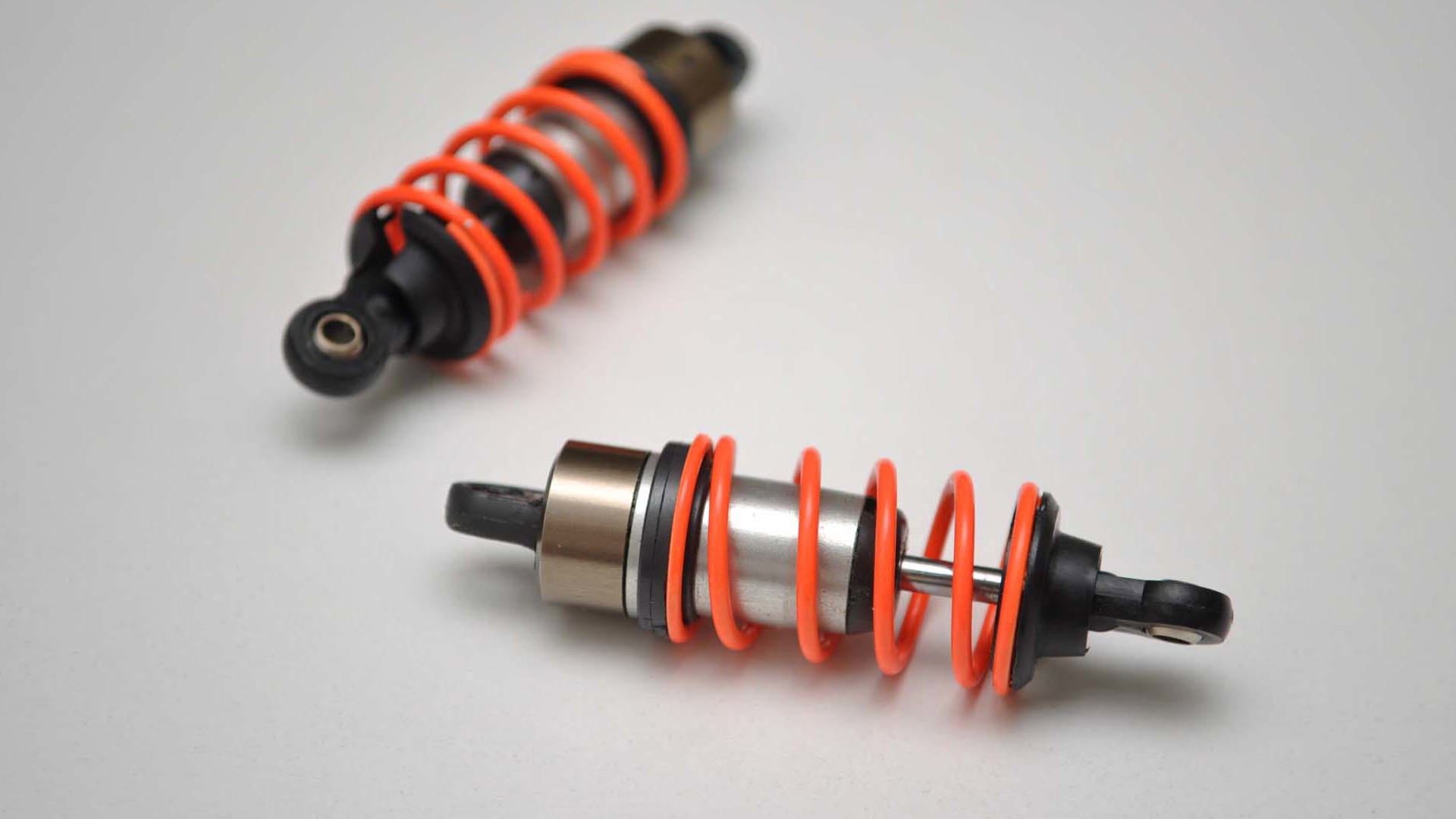
Depending on the age of your vehicle and what’s damaged, insurance companies will sometimes authorize the use of aftermarket or used parts, but be sure you know what you’re getting. If your brand-new car comes back from the body shop with off-brand parts, let your insurance agent know. Better yet, to reduce the risk, make sure the shop you choose is approved by your insurance company.
The Stone Chip
They’re not as common as they used to be, but you’ll still occasionally see canopies set up in store parking lots where you can get windshield chips fixed “on the spot” and usually for free if you supply your insurance information. Not all of them are scammers, but once you hand over your policy number, there’s always a possibility it can be used to make fraudulent claims. Beyond that, if the job wasn’t done right, you have no guarantee the canopy will be still there when you come back to get it fixed.
Check Your Policy
While it’s extremely rare, the insurance industry has had one or two agents with their hands in the till. Check your policy to be sure it contains the coverage for which you’ve paid. If anything looks questionable, ask for a supervisor or, if necessary, contact the Insurance Bureau of Canada.

